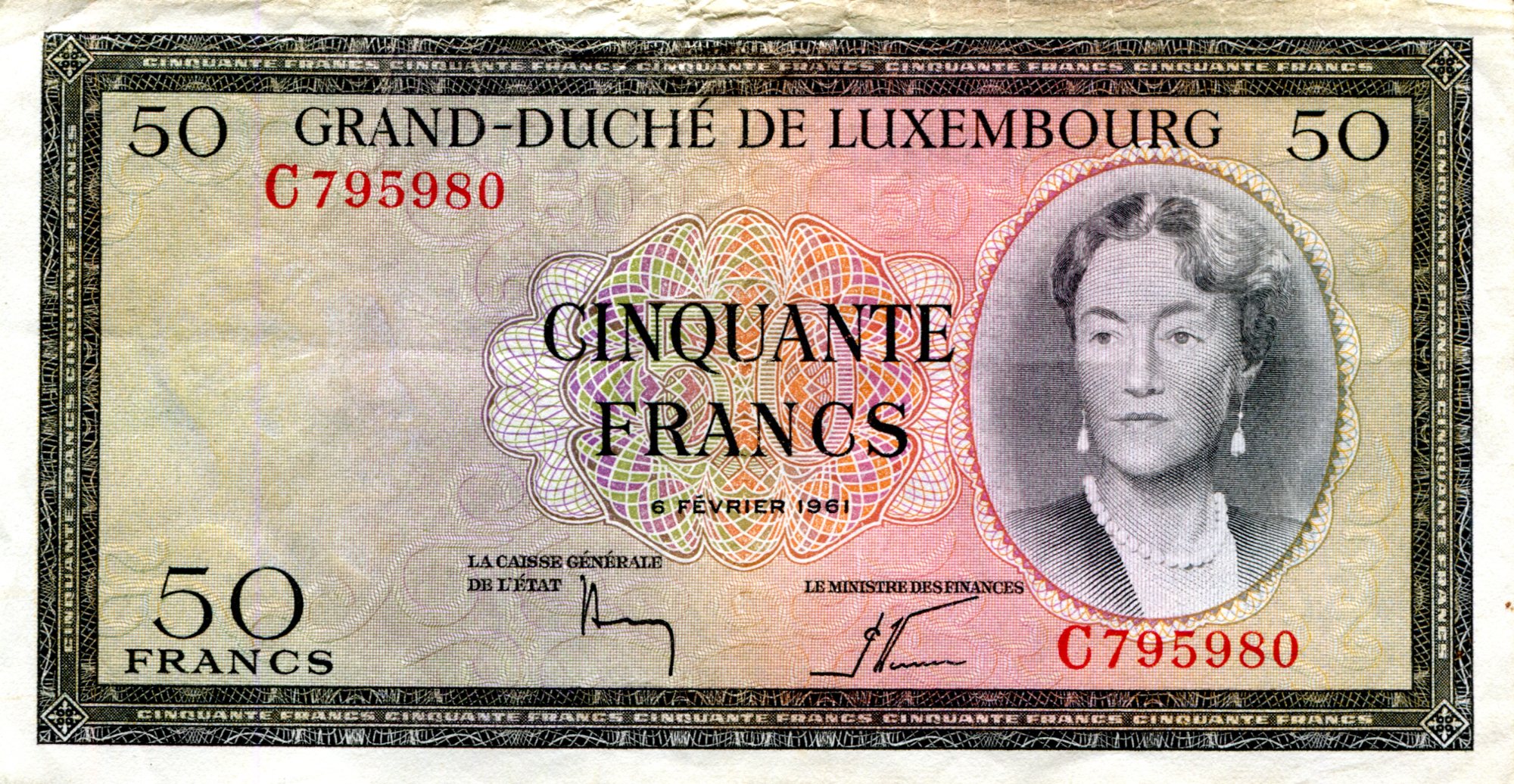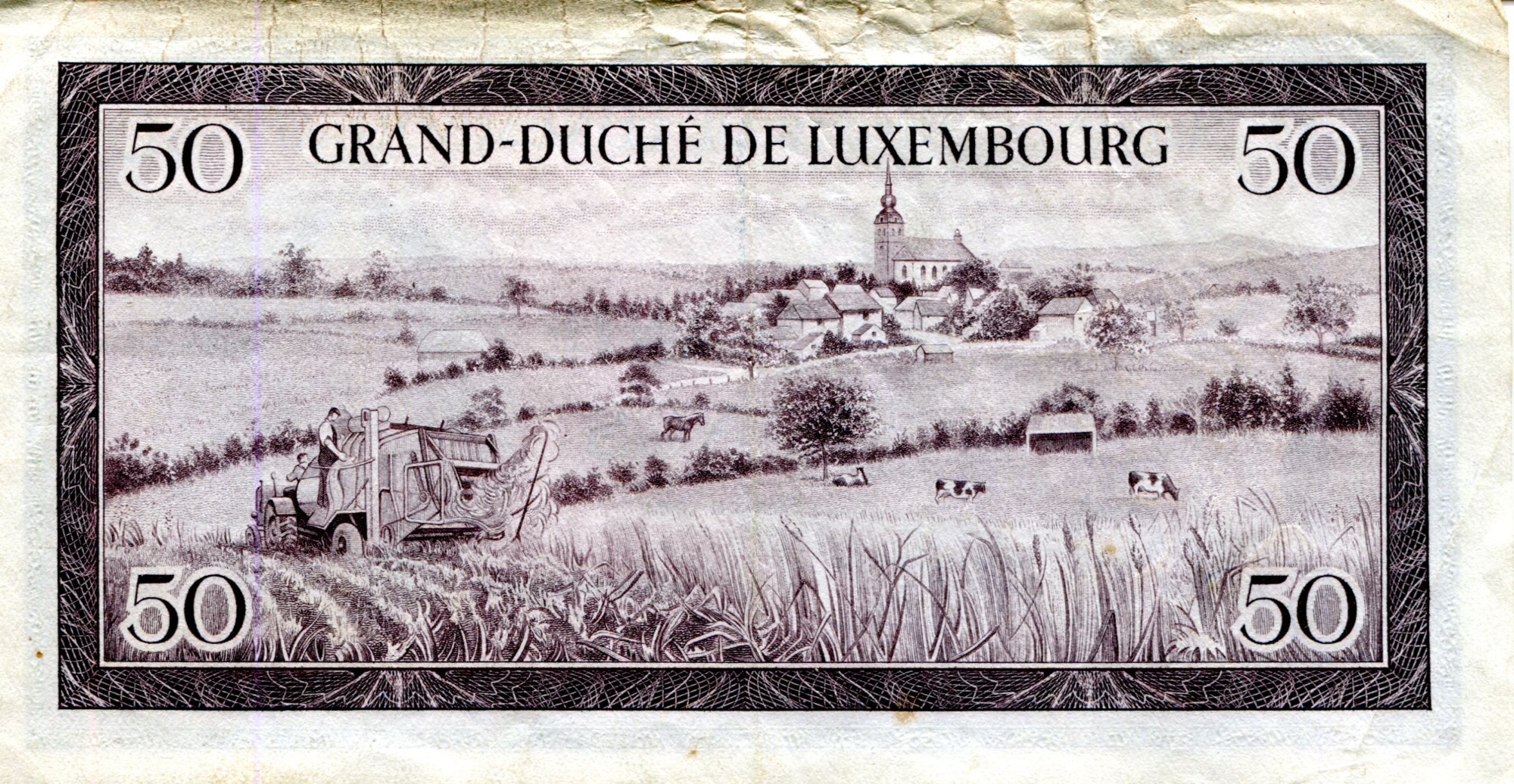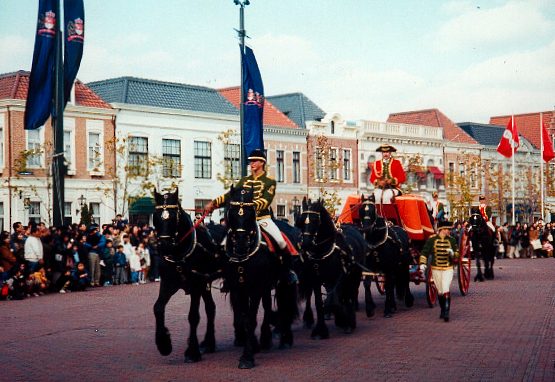First thing to do today is Remember the Alamo.
There’s been a recent uptick in bogus comments here, which I almost always delete, along the lines of (this example, verbatim): Thanks for a marvelous posting! I genuinely enjoyed reading it, you could be a great author. I will be sure to bookmark your blog and will eventually come back later in life. I want to encourage continue your great writing, have a nice day!
The “author” is usually listed as some service- or product-oriented operation, occasionally lewd but more often personal accessories of some kind, with a gmail address. To recall Buck Turgidson, I’m beginning to smell a big, fat AI rat.
I hung up the last 2024 wall calendar the other day, fourth of four in the house. One might think that illustrates my procrastinating ways, since we’ve burned through a sixth of the year already (the crummiest sixth, I should add). But no, I hung an accurate calendar there around New Year’s. The 2018 Metropolitan Water Reclamation District of Greater Chicago calendar.
The year’s different, but so what? The first two months were the same as this year, but that changed on February 29, so I needed another calendar to avoid confusion, a year in which March 1 is a Friday. The most recent leap year to fit the bill (besides this year) would be 1996, but I didn’t seem to have one of those around or, oddly, any other calendar that qualified. No worries, I saw a wad of ’24 calendars at Ollie’s not long ago and picked one of the lot for $4, compared with a list price of $17. Nice discount, and I get 10 months at 40 cents each, instead of 12 months at about $1.40 each. Not much you can buy for 40 cents these days.
It’s a Plato calendar, an imprint of BrownTrout Publishers, which asserts that it is The Calendar Company. I had to look that up: headquartered in El Sugundo, California, BrownTrout published 1,500 unique titles as of 2020, according to the latest press release boilerplate issued by the company (recommendation, put a few newer releases on your site, BrownTrout). The site also says the company is the largest calendar publisher in the world, and it may be so, if that means calendars sold. Or does it mean days put on paper?
The one I bought at Ollie’s is called Magic Places. Handsome Rocky Places might be more like it. Mostly it pictures extraordinary rock features, natural and partly man-made, the kind of flawless and painterly pics you get from this kind of calendar, including sites in Scotland (three), England, Turkey, Greenland, Russia, and more. The likes of the Old Man of Storr, Cappadocia, Machu Picchu and Hegra in Saudi Arabia. One month wasn’t rocky but a monumental tree in Epping Forest in Essex, which I vaguely had heard of, but didn’t really know.
Just shows that Greater London is so vast, not even a month there is enough to hear of everything, especially in the days before the Internet. Once a royal forest, these days Epping is owned by the City of London Corp., even since – this isn’t hard to guess – the Victorian period.
Magic Places is a good-looking trilingual calendar, including Spanish and French as well to cover North America, and it has most of the standard holidays: U.S., Canada and Mexico civic, Christian, Jewish and Muslim, along with those days peculiar to American calendar-making tradition, such as Ground Hog Day, April Fool’s Day and Grandparents Day. There are also Low Countries holidays, which I suppose is a good market for the calendar maker.
It made my day to learn that besides being Cinco de Mayo, May 5 is Bevrijdingsdag in the Netherlands, Liberation Day. A holiday to celebrate ousting Nazis is one we can all get behind.




